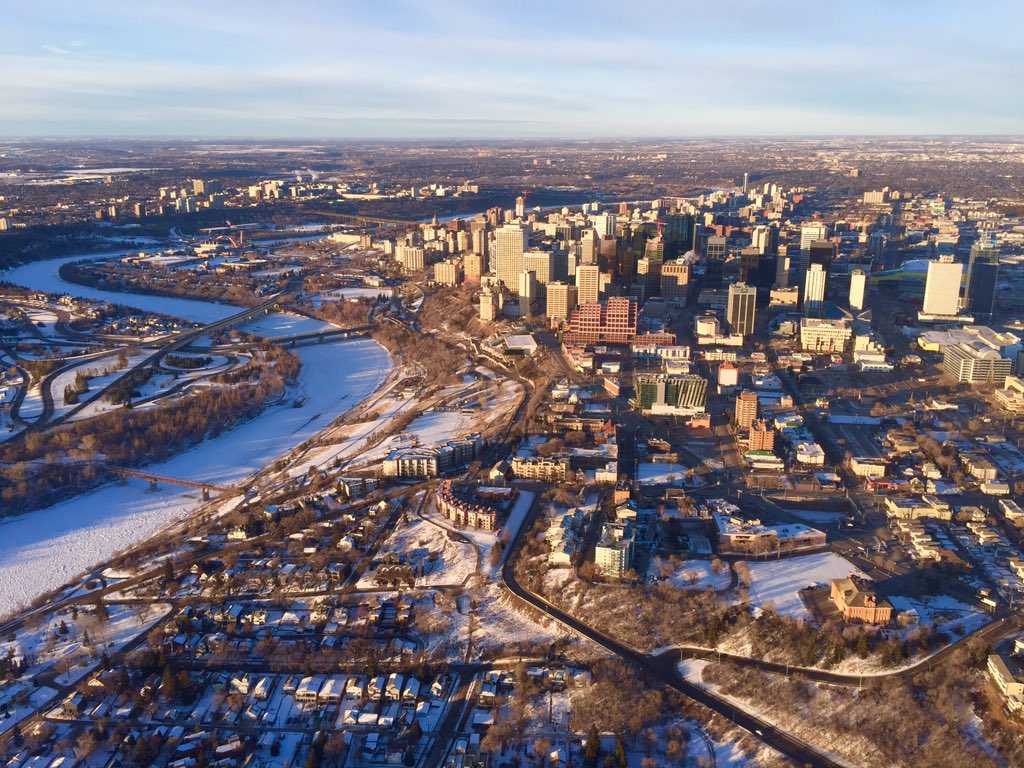The moving vans are coming instead of going, that’s what preliminary estimates from Statistics Canada show. Alberta has recorded its first inter-provincial migration gain in two years.

At 743 people, it’s not exactly a massive rush but it’s a start, City of Edmonton economist John Rose said.
“That’s the first time it’s been positive since late 2015.”
Rose said it’s a sign the unemployment rate is coming down more quickly than expected as the economy begins to grow. It’s also a sign that people are realizing it’s affordable to live here compared to B.C. and Ontario, especially Vancouver and Toronto.
In the eight previous quarters before this most recent one, Rose said people were coming and going, looking for but not finding work. Now, the job figures are telling a good story.
“That’s beginning to suck up the surplus of individuals who moved here either from other parts of Canada and particularly from international destinations and as well as from other parts of Alberta.
“We’ll see a process where the unemployment rate will slowly grind down as the job creation begins to outpace the growth in the underlying labour force.”
Now comes the tricky balancing act of managing population growth and housing starts. Rose predicts over the next five years, Edmonton won’t see the heady population booms seen between 2010 and 2016, when the price of oil took a deep dive, but we’ll see impressive numbers.
Specific numbers for Edmonton will come out from Statistics Canada next summer, but based on the Labour Force Survey, and matching the working age group of 18-45-year-olds with the census, Rose is expecting solid growth.
“Very respectable, particularly when you consider we’re going to be moving ahead at about two per cent a year.
“The rest of Canada is going to be moving ahead at just slightly less than one per cent. It’s going to be very respectable from the the point of view from the national performance.”
Then, match that with the larger developments city council has been dealing with in the past year, like the one just sent back to the drawing board in Holyrood, or Northlands and Blatchford, the real estate inventory is ready to grow with the population while keeping prices relatively inexpensive compared to the rest of the country.
“I was dealing with some real estate developers who are based in China, who are interested in Edmonton and in particular, are interested in Blatchford,” Rose said.
“People are looking at Edmonton and seeing, from a development point of view, a very attractive opportunity because costs are reasonable here and you do have a reasonably stable economy compared to the rest of Alberta.”
Commercial real estate is also relatively inexpensive compared to the rest of the country, Rose said, something the city’s economic development agency is promoting in its business attraction and retention efforts.
Rose does worry about keeping the construction sector going, because major projects downtown, and at the Redwater upgrader are winding up.
“We need some additional construction activity to fill that hole. If we can get a number of these major residential projects underway that would be very helpful indeed.”
The Statistics Canada report said Alberta had not recorded this many consecutive quarters with negative results since the second half of the 1980s, when it saw 10 consecutive quarters of inter-provincial migration losses.
In its exchanges with other provinces and territories, Alberta’s migratory increases came mainly from Saskatchewan, Manitoba and Newfoundland and Labrador, though the gain was partially offset by losses to Ontario.
Between July 1 and Oct. 1, 2017, Canada’s population rose by 176,966 (+0.5%), the highest increase observed for a trimester since 1971, the report said.





Comments